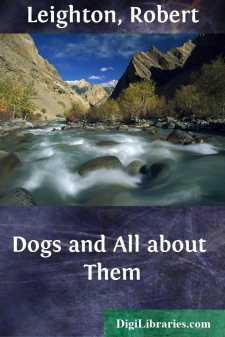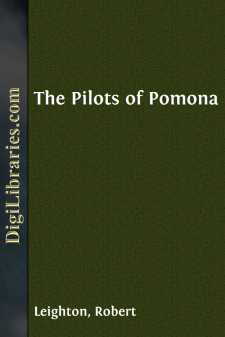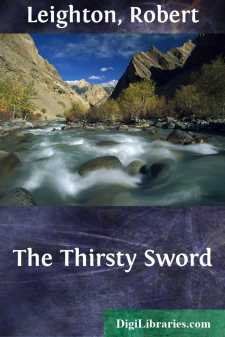Categories
- Antiques & Collectibles 13
- Architecture 36
- Art 48
- Bibles 22
- Biography & Autobiography 813
- Body, Mind & Spirit 142
- Business & Economics 28
- Children's Books 15
- Children's Fiction 12
- Computers 4
- Cooking 94
- Crafts & Hobbies 4
- Drama 346
- Education 46
- Family & Relationships 57
- Fiction 11828
- Games 19
- Gardening 17
- Health & Fitness 34
- History 1377
- House & Home 1
- Humor 147
- Juvenile Fiction 1873
- Juvenile Nonfiction 202
- Language Arts & Disciplines 88
- Law 16
- Literary Collections 686
- Literary Criticism 179
- Mathematics 13
- Medical 41
- Music 40
- Nature 179
- Non-Classifiable 1768
- Performing Arts 7
- Periodicals 1453
- Philosophy 64
- Photography 2
- Poetry 896
- Political Science 203
- Psychology 42
- Reference 154
- Religion 513
- Science 126
- Self-Help 84
- Social Science 81
- Sports & Recreation 34
- Study Aids 3
- Technology & Engineering 59
- Transportation 23
- Travel 463
- True Crime 29
Dogs and All about Them
by: Robert Leighton
Description:
Excerpt
CHAPTER I
GENERAL HISTORY OF THE DOG
There is no incongruity in the idea that in the very earliest period of man's habitation of this world he made a friend and companion of some sort of aboriginal representative of our modern dog, and that in return for its aid in protecting him from wilder animals, and in guarding his sheep and goats, he gave it a share of his food, a corner in his dwelling, and grew to trust it and care for it. Probably the animal was originally little else than an unusually gentle jackal, or an ailing wolf driven by its companions from the wild marauding pack to seek shelter in alien surroundings. One can well conceive the possibility of the partnership beginning in the circumstance of some helpless whelps being brought home by the early hunters to be tended and reared by the women and children. The present-day savage of New Guinea and mid-Africa does not, as a rule, take the trouble to tame and train an adult wild animal for his own purposes, and primitive man was surely equally indifferent to the questionable advantage of harbouring a dangerous guest. But a litter of woolly whelps introduced into the home as playthings for the children would grow to regard themselves, and be regarded, as members of the family, and it would soon be found that the hunting instincts of the maturing animal were of value to his captors. The savage master, treading the primeval forests in search of food, would not fail to recognise the helpfulness of a keener nose and sharper eyes even than his own unsullied senses, while the dog in his turn would find a better shelter in association with man than if he were hunting on his own account. Thus mutual benefit would result in some kind of tacit agreement of partnership, and through the generations the wild wolf or jackal would gradually become gentler, more docile, and tractable, and the dreaded enemy of the flock develop into the trusted guardian of the fold.
In nearly all parts of the world traces of an indigenous dog family are found, the only exceptions being the West Indian Islands, Madagascar, the eastern islands of the Malayan Archipelago, New Zealand, and the Polynesian Islands, where there is no sign that any dog, wolf, or fox has existed as a true aboriginal animal. In the ancient Oriental lands, and generally among the early Mongolians, the dog remained savage and neglected for centuries, prowling in packs, gaunt and wolf-like, as it prowls to-day through the streets and under the walls of every Eastern city. No attempt was made to allure it into human companionship or to improve it into docility. It is not until we come to examine the records of the higher civilisations of Assyria and Egypt that we discover any distinct varieties of canine form.
Assyrian sculptures depict two such, a Greyhound and a Mastiff, the latter described in the tablets as "the chained-up, mouth-opening dog"; that is to say, it was used as a watch-dog; and several varieties are referred to in the cuneiform inscriptions preserved in the British Museum....





